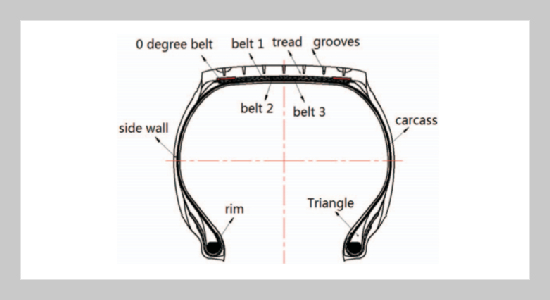Xiao-Xia Wen This email address is being protected from spambots. You need JavaScript enabled to view it.1, Zi-Xue Du2 , Da-Yi Zhao2 , Zhou-Zhou Xu2 and Yang Zhen2 1Institute of Urban Rail, ChongQing JiaoTong University, ChongQing 400074, P.R. China
2School of Electrical and Vehicle Engineering ChongQing JiaoTong University, Chong Qing 400074, P.R. China
Received:
March 9, 2016
Accepted:
August 4, 2016
Publication Date:
December 1, 2016
Download Citation:
||https://doi.org/10.6180/jase.2016.19.4.09
In order to decrease the running wheels uneven wear, the finite element model of “running wheels PC track beam” of monorail vehicles is established. The monorail vehicle kinetic model is established on the basis of Newton Euler equation, and the boundary input parameter of the running wheel of straddle-type monorail vehicle curve negotiating working conditions is obtained. Based on the finite element model, the implicit algorithm is used to analyze the longitudinal and lateral shear and the slip velocity distribution between the wheel-track contact surface. The Uneven wear evaluation index of the running wheel is proposed, and the distribution law of the friction power density and friction power density Uneven within contact area is obtained. According to the research, when a monorail vehicle passes a track beam whose radius is 100 meters, the normal compressive stress, longitudinal and lateral shear of the running wheel in contact area will show clear gradient changes along the axle of the running wheel. There is no clear regularity change for the longitudinal and lateral slip speed along the axle of the running wheel. In accordance with the uneven wear evaluation index, quantitative analysis is conducted for the uneven wear phenomenon of the running wheel in the tire axle direction.ABSTRACT
Keywords:
Straddle-type Monorail, Running Wheel, Uneven Wear Mechanism, Influential Factor, Uneven Index
REFERENCES
















